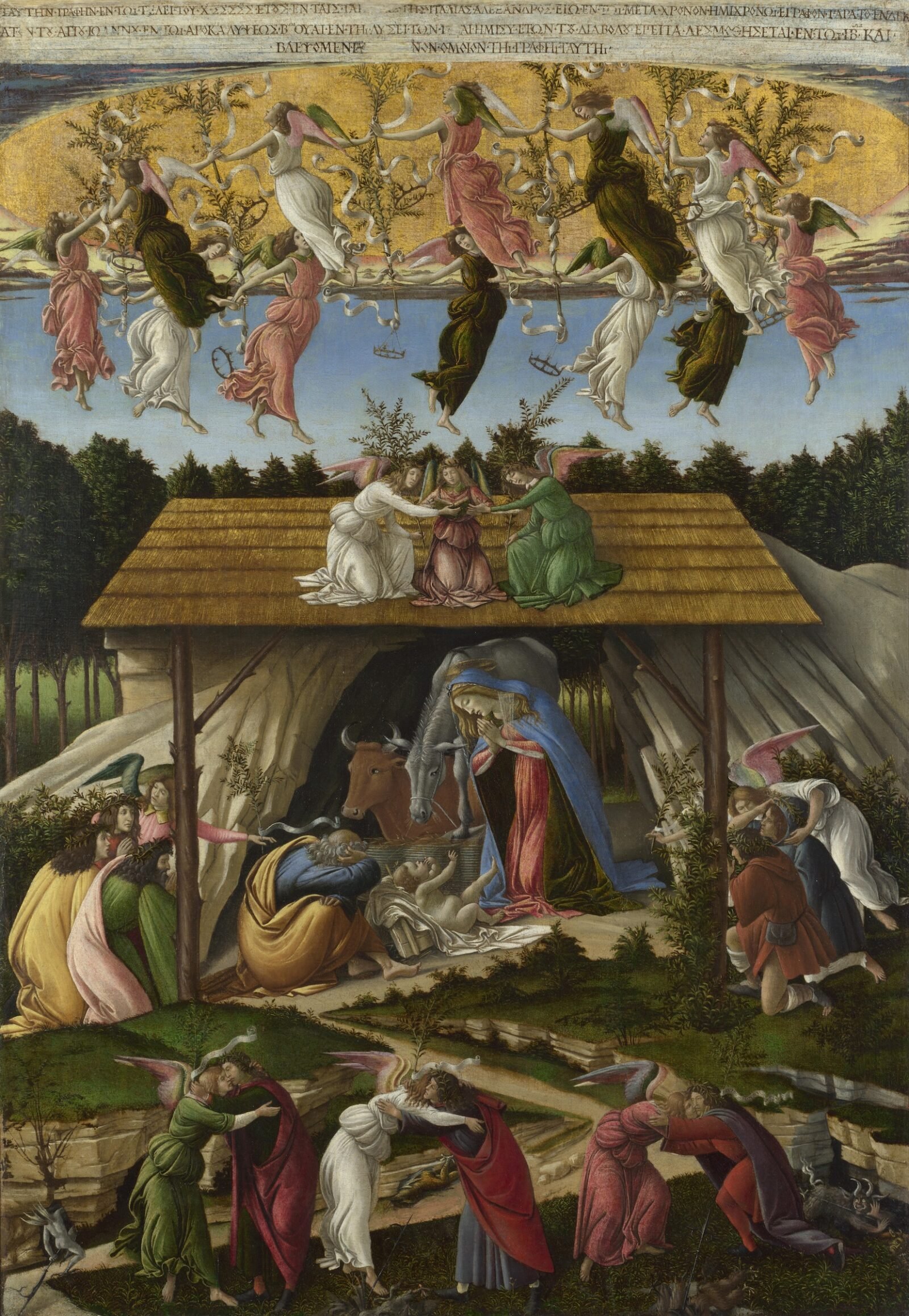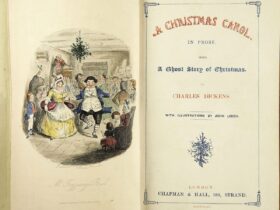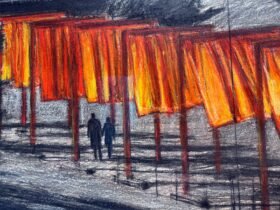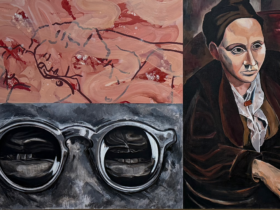When you hear the name Sandro Botticelli, you are more likely to think of the birth of Venus than the birth of Jesus. But since it’s Christmas, now’s a better time than ever to draw attention to a lesser-known and somewhat ominous Botticelli painting depicting the latter. ‘Mystic Nativity’ (1500), now exhibited in the National Gallery in London, is the only work Botticelli ever signed. It resurfaced in the 19th century, after centuries of obscurity, revealing a complex composition full of symbolism.
A cursory glance shows an ordinary Christmas image. The Virgin Mary and Joseph adore the baby Jesus in his manger under the roof of a wooden hut in the open air, with their ox and donkey. Twelve angels circle above at the opening of the heavenly dome, and shepherds and the three kings watch eagerly and offer their prayers to the young family.
But Botticelli’s painted inscription above the floating angels provides one cryptic, ominous message in Biblical Greek: “I, Sandro, took this picture at the end of the year 1500 during the troubles of Italy in the peace after the time according to the 11th chapter of John in the second woe of the Apocalypse during the deliverance of the devil during three and a half years, then he will be chained in the twelfth chapter and we will see […] like in this photo.”
The “Troubles of Italy” likely recognizes Florence’s turmoil during the spiritual and actual reign of Girolamo Savonarola, a fanatical preacher who aimed to morally reform the city with a worldwide reputation for artistic output and lavish lifestyle. Savonarola condemned secular art and literature, labeled the city a corrupt and depraved place full of material wealth, and, after being warned of an impending great plague, saved the Florentines by convincing the French king and army to end the occupation give up and withdraw. the Italian war of 1494-1498. He was considered propheticand thousands of Florentines flocked to hear his preaching. In one sermon he claimed that Florence could become the New Jerusalem if its citizens gave up their luxury, opulent finery and pagan or secular iconographies and burned them.
Under the influence of Savonarola, Botticelli reoriented his practice from decorative to pious, which in turn inspired ‘Mystic Nativity’. Scholars discovered that the twelve angels at the base of the composition each hold a ribbon in which the twelve privileges or virtues of the Virgin Mary were once engraved. special sermon that Savonarola gave about a vision he had once experienced.
The painting itself is full of subtle premonitions: the sheet on which the baby Jesus rests is reminiscent of the shroud in which he would be wrapped after his crucifixion, the sign of the cross is depicted on the hump of the donkey’s back, and the wooden hut in which he was born. sits in front of a cave where he would eventually be put to rest before his resurrection. Also notable is Botticelli’s decision to foreground three angels embracing mortal humans – a motif usually relegated to renditions of the Last Judgment in accordance with the Second Coming of Christ.
Another unusual aspect is that the three kings welcome Jesus empty-handed, instead of with gold, frankincense and myrrh – perhaps influenced by Savonarola’s sermon, although one could argue that the ultimate gifts are their prayers and devotion. In the lower half of the painting, seven miniature devils flee into the cracks and crevices on their return to the underworld, some impaling themselves on their own spears.
Botticelli died in 1510, ten years after completing the painting, and both the work and the artist were forgotten despite his fame and high regard during the Italian Renaissance. “Mystic Nativity” was purchased for a low price in the 18th century by an English collector and Caribbean plantation owner named William Young Ottley in Rome. He returned the piece to his home for private exhibition in central London until his death, and the painting was auctioned for less than £80 to another collector who loaned the work to the city of Manchester for the largest art exhibition in the United Kingdom . in 1857, where it was finally seen by millions and reignited passion for Botticelli.
The National Gallery in London purchased ‘Mystic Nativity’ in 1878 for £1,500. The museum has 14 paintings by Botticelli in its collections, and ‘Mystic Nativity’ is exhibited along with four other Botticelli works in a gallery dedicated to Florentine art under the Medici family.













Leave a Reply